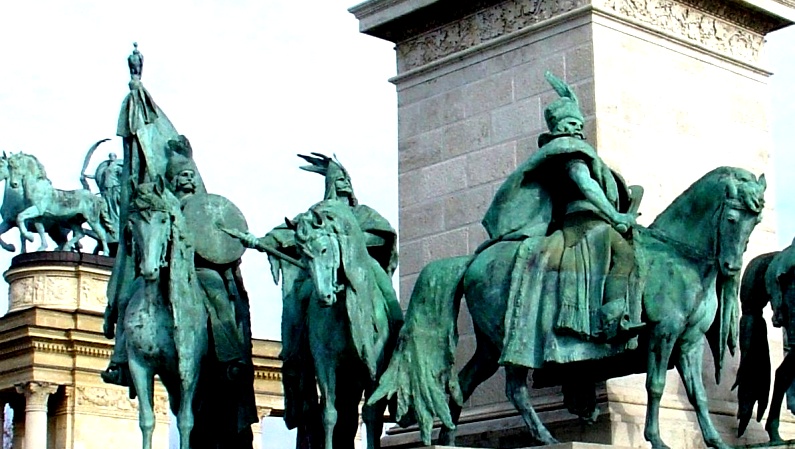Historian Ferenc Bánhegyi's series has so far followed the important events of Hungarian history in chronological order and presented important persons from the point of view of the events, but the 45th episode differs from this.
It dedicates a special chapter to the history of leader Tétény because it makes up for the missed event this year, the Tétény Leader's Day held on November 5 every year since 2014, which is organized and organized by the civic circle of the Szelmann Ház in Nagytétény . This year, in 2022, this was not possible - due to technical reasons - but we cannot forget the district's namesake.
"A nation that does not know its past does not understand its present, and cannot create its future!"
Europe needs Hungary... which has never let itself be defeated.
Over the past eight years, many lectures about leader Tétény have been given at the Szelmann Ház in Nagytétény. The accommodation area of one of the seven conquering leaders may have been in the southern part of Budafok, in today's Nagytétény, which can also be discovered in the name of the district. The day-long commemoration planned for November 5, 2022 (we consider this day and May 1, which is also not marked in the calendar, as the name day of Leader Tétény) will therefore be canceled due to technical reasons.
In 2014, the Nagytétényi Civic Circle created a tradition when it revived the world of the Árpád era, highlighting the
figure of Vezér Tétény, about whom we know very little. The participants, who appeared in increasing numbers every year, were able to get to know the costumes, weapons, tools of use, eating habits, sayings played on stage, which evoked the memory of the namesake.
In 2022, in the first week of November, they paid tribute to the memory of the district's namesake with the history of the Tuhutum monument with the Zilahi runic inscription. Before we get to the interesting topic mentioned in the title, let's briefly recall the commemorative days that have taken place so far.
The first Tétény Day was organized in 2014, by which time Károly Bakó's head relief depicting Vez Tétény, a visual artist, had already been completed.
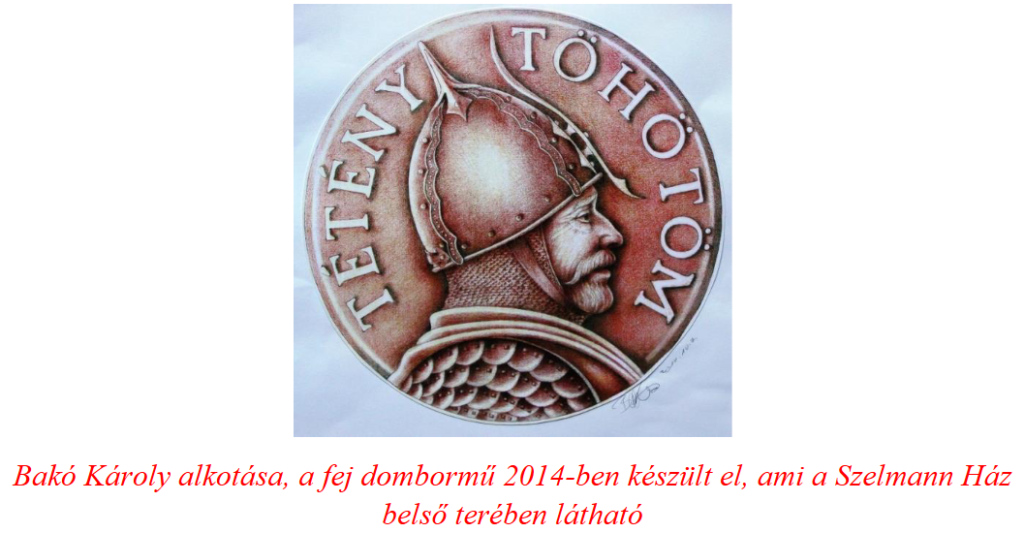
One of the programs of the commemorative days is a projected picture show related to the current year, which was shown for the first time in 2014, The Conquest. His address was in Töhötöm Tétény.

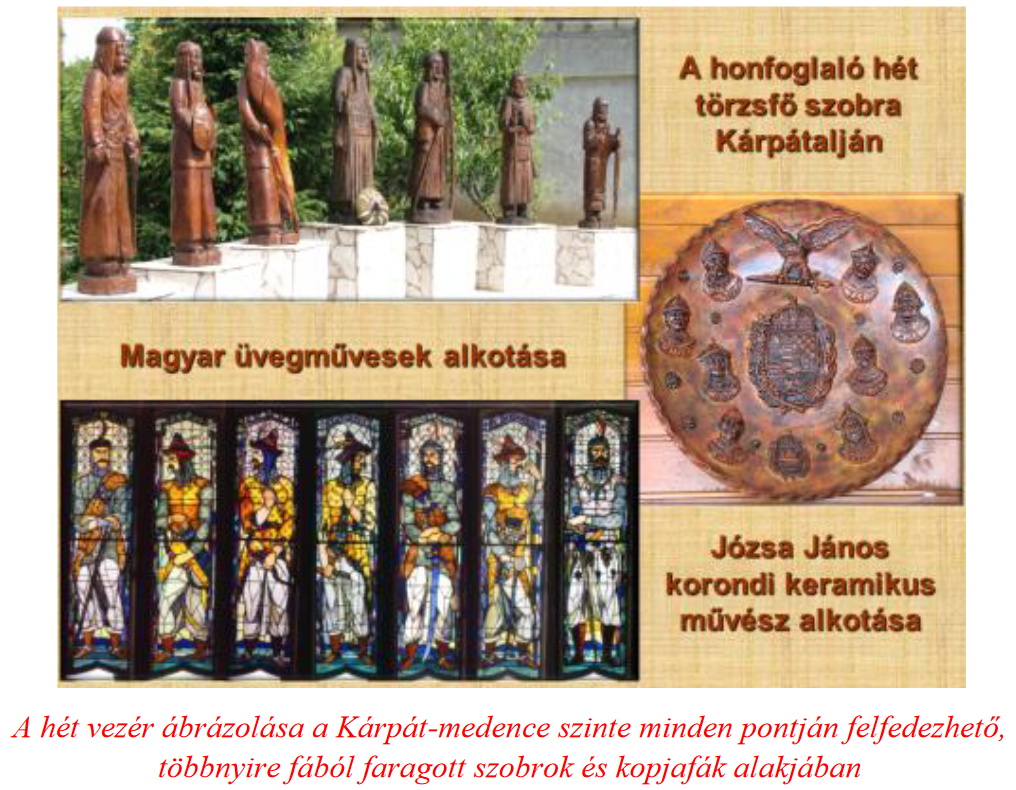
On the second commemoration day, in 2015, there was a projected picture presentation titled Runic writing and the roots of Hungarian fine art in the age of the conquest. During the day, as every time, there was a yurt installation, a presentation of tools reminiscent of the time of the conquest, a weapons demonstration, and archery. And the children could take part in crafts. The program was enriched by Sándor Mohácsi, a native of the district, connected to the theme and depicting the Hungarian world of the time and his writings. The exhibition made up of the works was very successful, it was exhibited in several places in the country.
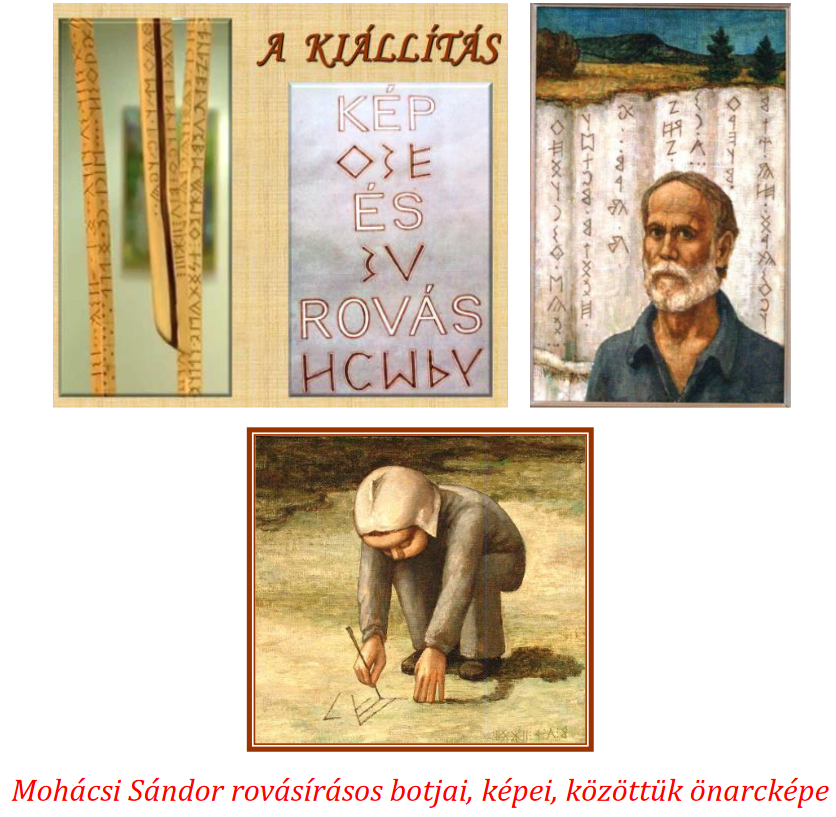
The theme of the third Tétény Day in 2016 is the role and place of Vezér Tétény in legends and in reality. The truth of the legends was covered up for decades by the wars of the 20th century, the conflicting worldviews, and the dictatorships weighing on Europe. In recent years, more and more historical evidence has been produced in our country, revealing the reality of the legends one by one. The material memories of our ancestors, the runic writings found and deciphered so far, tell the truth.
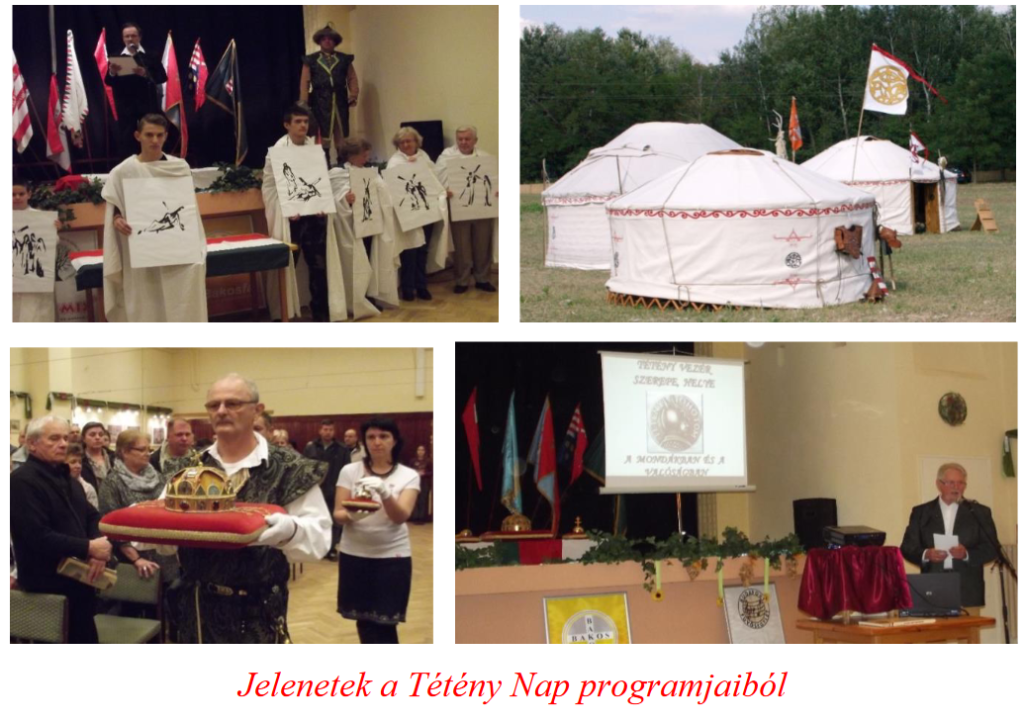
In 2017, the fourth Tétény Nap, which can be considered traditional, was dedicated to the memory of Saint László, one of the Árpáds' greatest sons. The lecture entitled The legacy of the conquering Hungarians and the mission of Saint László was given on the occasion of the 940th anniversary of our great king's accession to the throne and the 825th anniversary of his canonization.
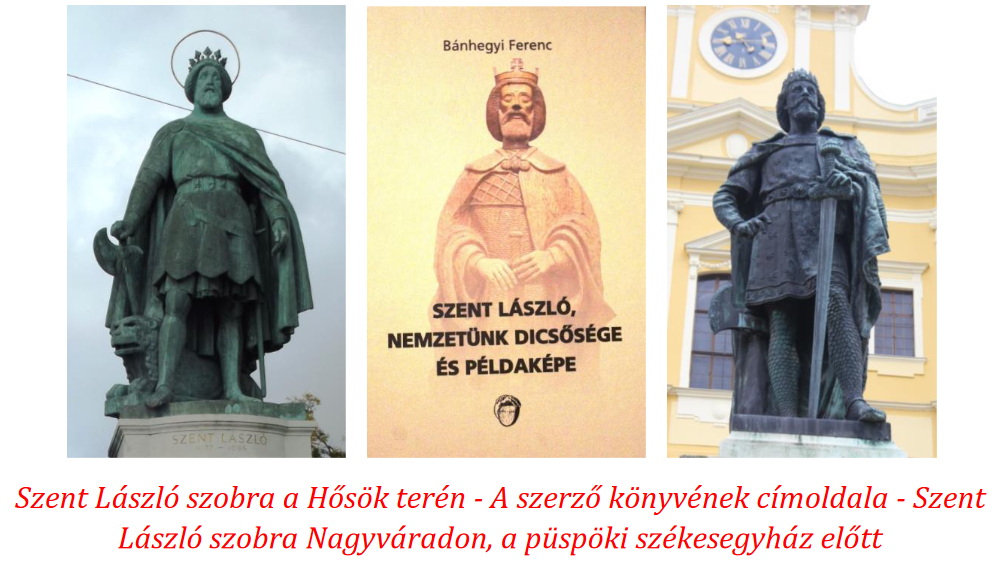

The fifth Tétény Day in 2018 was dedicated to the memory of 1,100-year-old Hungary, the creation and survival of our statehood, the history of the Hungarian Principality and the Kingdom of Hungary intertwined with Christianity. The presentation "From Tétény Vezér to Trianon" also pointed out how we lost a large part of the unified Carpathian basin acquired by Árpád's people in 1920.
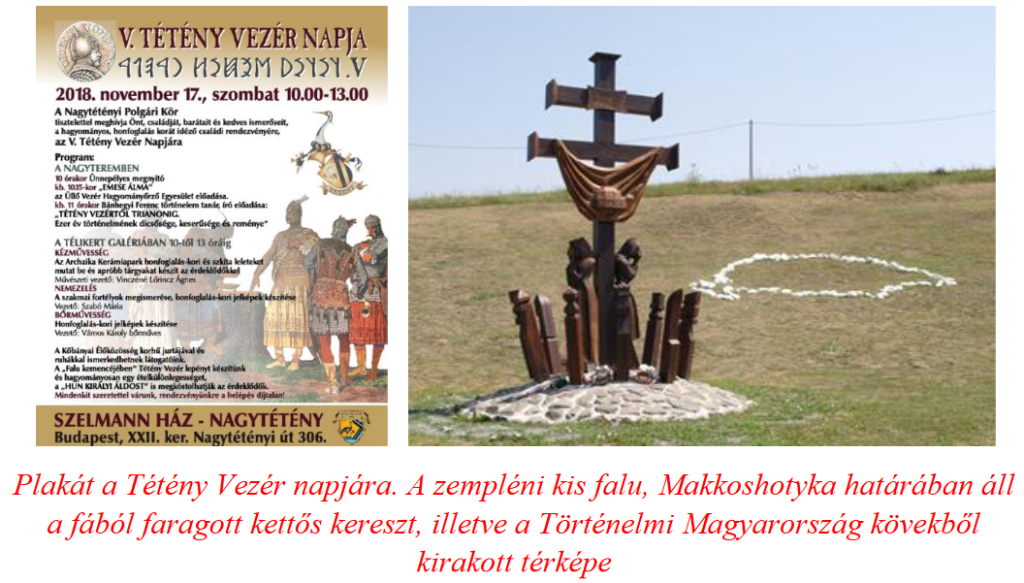
On the sixth Tétény Day in 2019, in view of the upcoming 100th anniversary of the national day of mourning, the presentation of the book The Three Trianons took place. Aligning with the content of the book, they presented the strong, disciplined country of the founders, the Anjou, whose history ended with the Hunyadians. The second five centuries, especially with regard to the destruction carried out by the Turks and the Habsburgs, weakened the once strong and united country. This is how we got to the First World War and Trianon.
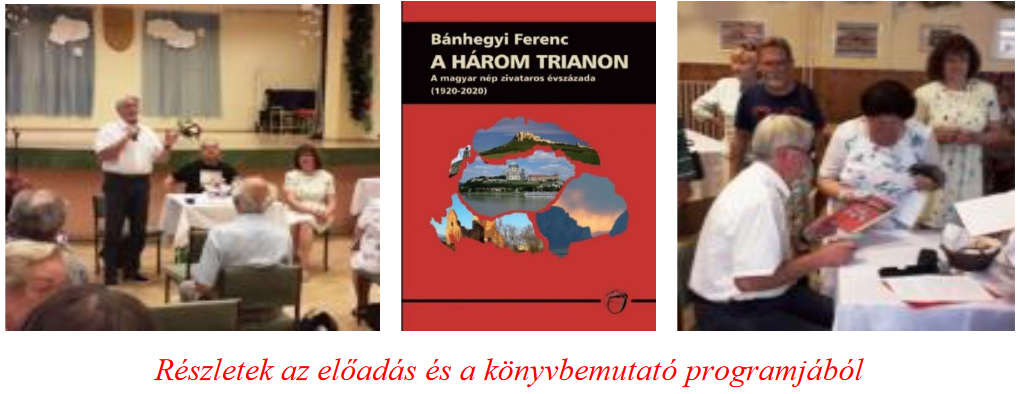
The seventh Tétény Day in 2020 was canceled due to covid.
On the eighth Tétény Day in 2021, a lecture and book presentation entitled "Hungary's history through the history of statues" was held. They paid tribute to the famous works of sculpture, which spectacularly show how Hungarians preserve the memory of their ancestors in the entire Carpathian basin. In the separated areas, of course, we can report different ratios and, in many cases, harsh interventions. See the toppling of the Turul statue in Münkacsi.
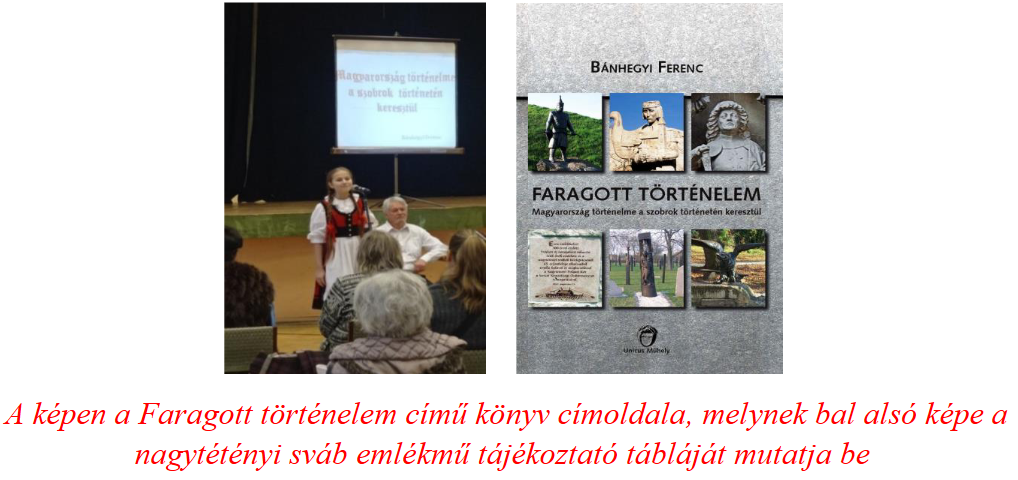
We are trying to make up for the events of Tétény Nap, which will be canceled in 2022 due to technical reasons, with a text-image presentation entitled The History of the Zilahi Runic Tuhutum Monument, which we would like to bring to the residents of the district. The question arises, what does Zilah in Transylvania have to do with Nagytétény in Délbuda? The map shows that Meszes kapu, where leader Tétény first set foot, was the area of today's Szilágyság, one of which is Zilah, a city with a significant historical past. The map shows the other highlighted point, which is none other than Nagytétény. And the third one is Tadtem, originally called Mosontéteny, near Lake Fertő, belonging to today's Austria. Here was, and could have been, the other accommodation area of Vezér Tétény. Its name is the Austrian village, and due to its historical past, it is actually a sister settlement to Nagytétény. However, the leaders of Tadtem did not even respond to the request to organize a joint commemoration in honor of the occupying leader.

The following text, which is a description of the runic writing on the Zila turul pedestal, is the work of Klára Friedrich and Gábor Szakács, experts in runic writing, researchers and authors of numerous scientific books.
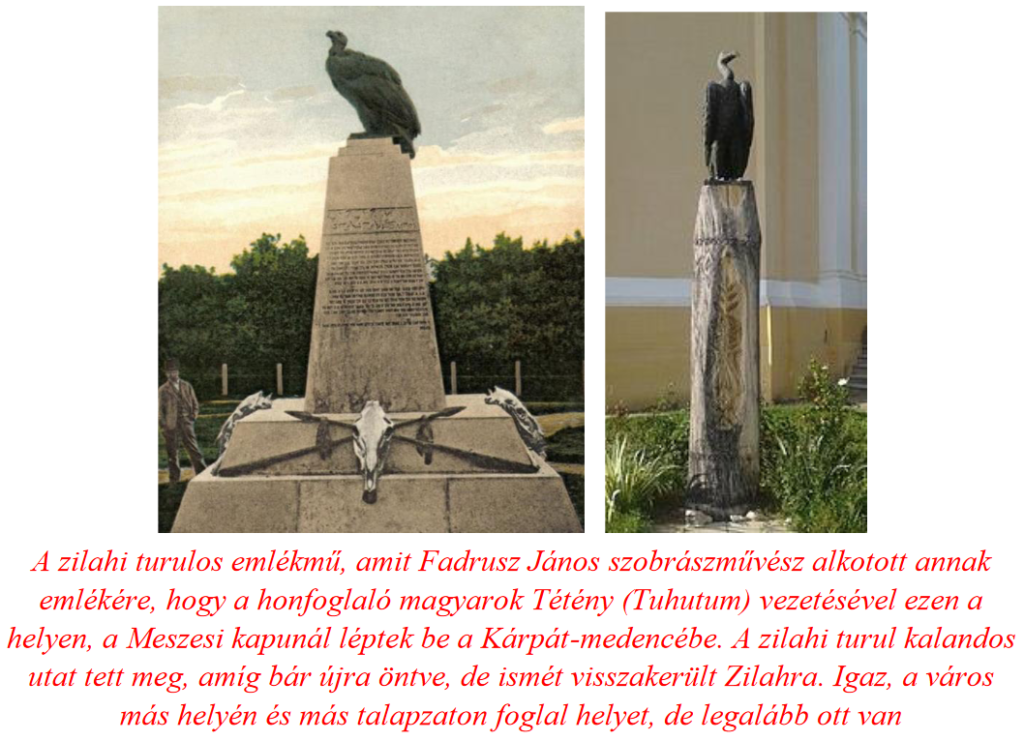
The Tuhutum (Tétény) monument in Zila is an unusual work in many respects, but in comparison to its importance, it is less well known, even among those interested in history. The work, like so many of its peers, traveled the tumultuous and humiliating path of the Romanian change of empire, which muddies Hungarian history.
First of all, we consider it an outstanding historical monument because the statue was created by János Fadrusz. The sculptor whose two other sculptures were able to take their rightful place in Transylvania in 1902, when the Zilahi turul was inaugurated. One of them is the Mátyás sculpture group in Cluj, which was ceremonially inaugurated on October 12, 1902 in front of the Szent Mihály church, where it still stands today. The work of János Fadrusz from Cluj is one of the best-known and most successful sculptures in the Carpathian Basin. The artist's other work, which commemorates Miklós Wesselényi the younger, was inaugurated together with the Tuhutum monument, also in Zilah, on the same day, September 18, 1902. The work captures the scene when baron Miklós Wesselényi frees his serfs in 1848. The Romanians destroyed this statue, like many hundreds and thousands of Hungarian monuments. It is true that in 1942, after the second decision in Vienna, the Hungarians reestablished the figure of Transylvania's great son. But starting in 1945, the monument to Wesselényi, who sacrificed everything for Hungarian freedom, could not be seen for decades. However, the historical scene can be seen again today in the center of Zilah, and in 2020 Fadrusz's work was renovated again.
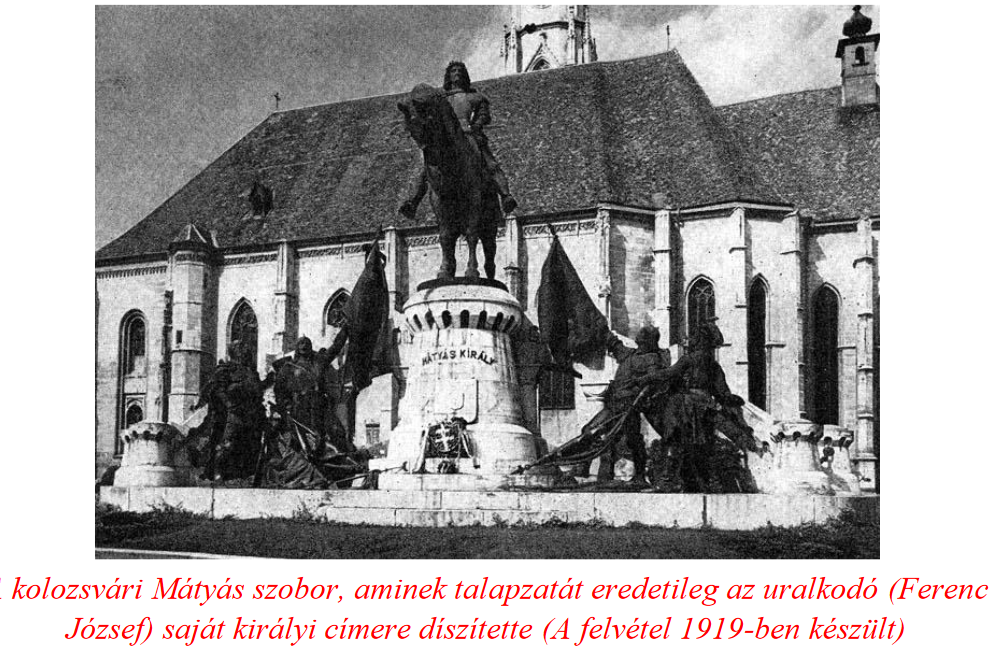

Secondly, the "turul" is unusual because, unlike the soaring turul sculptures, Fadrusz's work depicts a bird with its wings down. (A turul representation similar to this one can be seen in Várpalot, in front of the Trianon Museum. The turul with tied wings is the symbol of Trianon Hungary tied in a knot.) Fadrusz also expressed the striking difference in his work compared to other turul sculptures by the fact that the bird's neck has no feathers. That is why the Zilahi turul was called a vulture, among other things. (This reminds me of the pitiful and malicious words of Árpád Göncz, the president of the republic at the time, which was uttered when he inaugurated the world's largest bird statue, the turul in Tatabánya, at the end of November 1992. During the inauguration of the sacred totem animal of the Hungarians, Göncz called the vulture the most famous of the Carpathian basin in an interview , a mythical turul bird creation for Hungarians. In this case, the name vulture was not only wrong, but also insulting.)
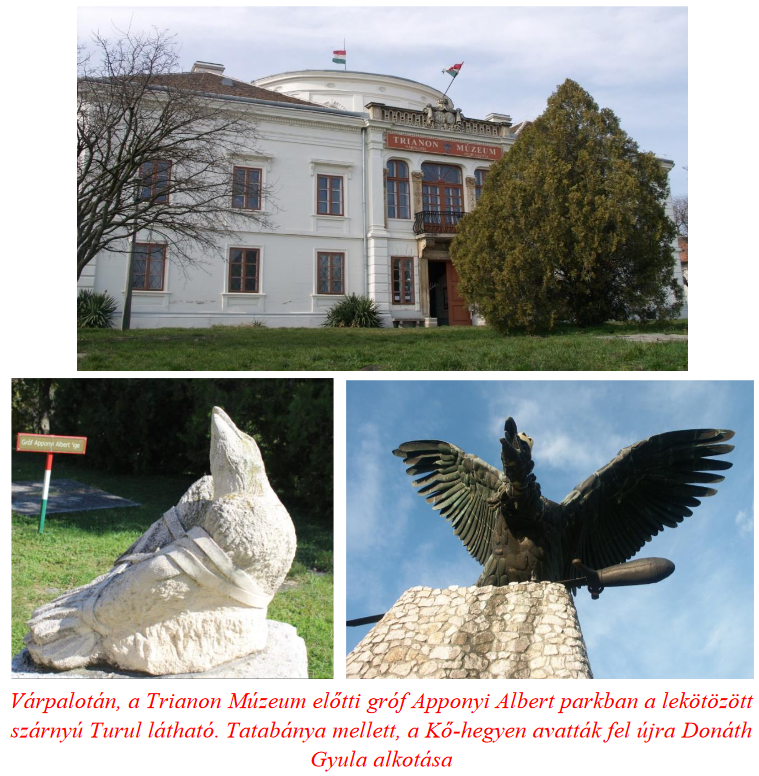
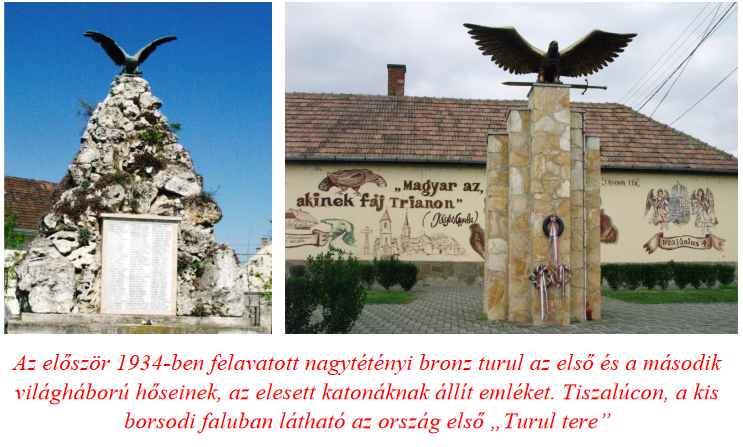
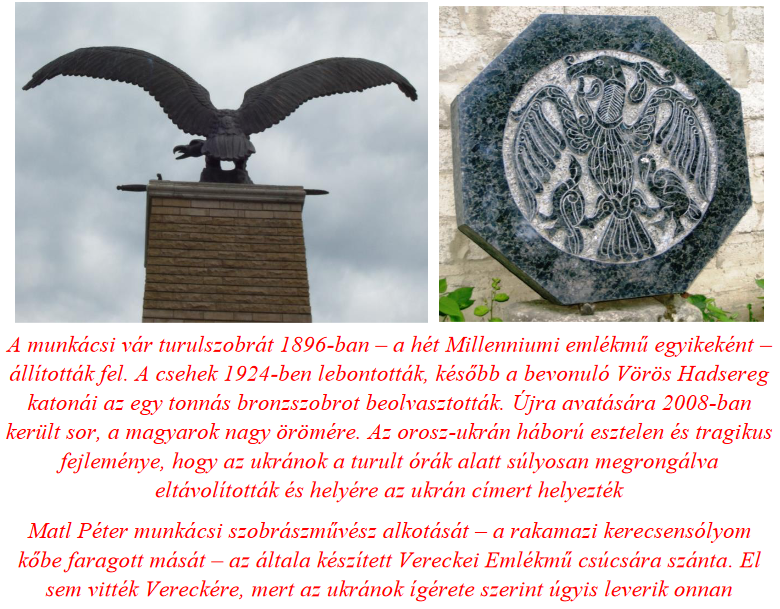
Thirdly, and this is perhaps the most valuable part of the Zilah sculpture, the runic text engraved in stone was placed on the pedestal. The history of the Tuhutum monument with runic inscriptions in Zilah and the description of the content of the runic writing were successfully researched by Klára Friedrich, who, together with her husband, Gábor Szakács, carried out and continues to do pioneering work in order to introduce and spread our ancient writing. In his study, he describes that a bronze bird statue occupied the top of the nearly four-meter-high obelisk. A narrow frieze ran around the upper edge of the pedestal, depicting the arrival of the Hungarian army in the Carpathian basin. The scene - which our lucky compatriots of the time could still see - began with Tuhutum dismounting from his horse and thrusting his spear into the ground, as a sign of conquering the country. Hungarian warriors can be seen on the right and left sides of the obelisk, while the artist depicted tulips, pomegranates, and Hungarian decorations on the back of the frieze.
Under the frieze, the runic inscription was visible, the content of which is described in more detail below. In the lower part of the monument, spears were placed, on which were placed horse skulls carved by the sculptor, as well as the remains of sacrifices to the god of war.

János Fadrusz - who called his work a "pagan altar" - dealt deeply with the origin of runic writing and the deciphering of runes. One of his writings openly testifies about the writing and culture of our ancestors, in which it can be read: "It was found that runic writing is not only a memory, but a real living treasure of the nation, and it still lives among the Hungarian people and flawlessly preserves the ancient culture of our ancestors." Fadrusz visited Italy, where he researched Etruscan-Hungarian cultural and linguistic relations. He was convinced that we also have a connection with the ancient Egyptian culture, when the goddess Mut was depicted by the Egyptians as a vulture. However, let's not go that far back in time. Let's stick to the easily verifiable fact that Hungarians identify the turul bird with the peregrine falcon. The question arises, why did Fadrusz choose the vulture as the figure of the turul? As we mentioned before, the Egyptian goddess Mut is also mentioned as the "mother of the sun", and her original form is personified by the vulture, which was the meaning of her name (mother). This discovery guided Fadrusz when he chose the vulture - let's add, mistakenly, although with good intentions - as the turul bird of Tuhutum Vezér, who occupied the Meszesi pass. In summary, Fadrusz thought he could find the common ancestor (Hungarian-Etruscan-Egyptian) in the Egyptian hieroglyphic writing.


The sculptures of János Fadrusz, born in the highlands (Potsony), were completed exactly one hundred and twenty years ago, and were enthusiastically received by the public in Transylvania. In addition to the Hungarians from Cluj and Zila, everyone who saw the statues expressed their liking and national sentiments, those who had not seen it wanted to see it after hearing the news. Not so the Finno-Ugric scientists of the Budapest Academy. In particular, the runic text on the pedestal of the Tuhutum Vezér of Zilah caused their intense displeasure. Let us recall some of the thoughts of the sculptor János Fadrusz regarding the events: "Here in Hungary, anyone can write anything without harm, with any letter, or from any letter, be it Greek, Latin, Armenian, Russian; but dare to write only in Hungarian letters, they will immediately drag you down, make fun of you, and without examination, the main thing is: get off right away! ... because global citizenship is not the strength of a nation, but the development of national forces... Well, let them say what they want, let everyone go their own way, but if everyone here can do what they want without harm, then I too demand the right to as a Hungarian, I can research the Hungarian prehistoric age, and I will research it as long as I have a soul in me, but not in battles of words, but in life." (It is almost unbelievable that as early as 1902, such a great artist as János Fadrusz was subjected to unworthy attacks. The cited article was published in the Budapesti Hírlap on December 31, 1902. The persecution of runic writing already began after the 1848/1849 War of Independence it also had its antecedents, and the cultural battle concerning Hungarian prehistoric times and runic writing has not come to a standstill to this day.)
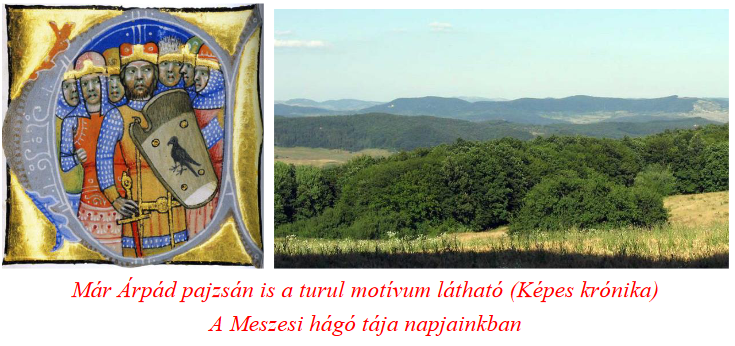
However, the fact-finding analysis of Gábor Szakács and Klára Friedrich did not end here. János Fadrusz was looking for a text for the pagan altar that immortalized the story of Vezér Tuhutum connected to the Meszesi Gate. Initially, he wanted to engrave the part of Anonymus' Gesta on the statue that describes when Tuhutm (Tétény) crossed the Meszesi pass. During his research, however, he came across the Karacsay Codex, which was available in the collection of his contemporary, Pál Király (1841-1902). The sculptor visited the director of the Budapest Paedagogium teacher training college, the scholar librarian, and six songs selected from the codex. This is how Fadrusz writes about the songs of the codex. "So I looked for ancient letterforms that would best fit this old story. In my search, I came across Pál Király's ancient Hungarian collection and the beautiful, old violin songs of the Karacsay Codex..."
The six poems that appeared on the pages of the Tuhutum obelisk were titled in order: About God, Fire, Earth, Water, Lebegő (Air), and finally about Transylvania. Some details of this last poem:
"Listen, my son, to an old song on an old violin, which I sing in Transylvania.
A long time ago, Hungarians came from Szcitiábúl against their will, as Álmos the prince said to Turul: this is not Hellenic, there is a large pasture in the inheritance of Átila over the snowy mountains... They left their beautiful relatives there;
They call Tuhutum chief voivode and go to great joy;
Mend loved (as-) that he was a strong warrior Mend could also protect his army and had many great people;
In this image, Tuhutum was the Transylvanian voivode."
The codex was found in 1888 from the inheritance of the Karacsay family. It should be known that after the so-called Codex Cicero, the manuscript produced in the early 1600s is the second longest known work in runic writing. The codex consists of 68 runic pages, and the manuscript contains 54 violin songs. Among these, János Fadrusz selected the indicated six songs. (The violin songs refer to the songs performed by the traveling chroniclers of the 16th and 17th centuries with musical accompaniment.)
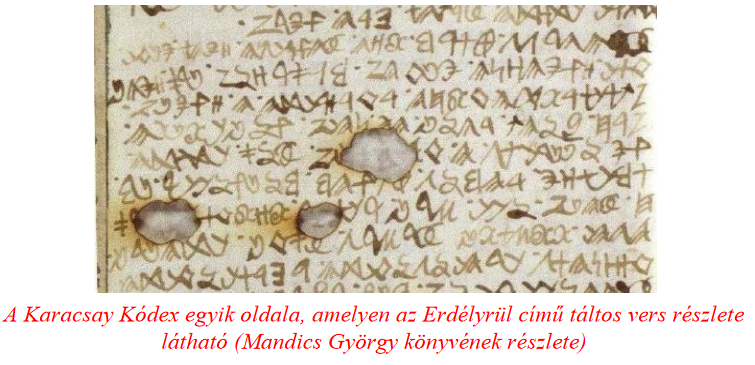
With the same fervor and will that Fadrusz created the Tuhutum Vezér statue, which was offered for free to the city of Zilah, he provoked such fierce opposition in academic circles. The debate became particularly heated when the enemies of runic writing declared that the Karacsay Codex was a forgery.
The sculptor was not lucky in 1902 either, because the country was burning with the fever of celebrating the 100th anniversary of the birth of Lajos Kossuth. In addition, it was the 70th anniversary of József Ferenc's birth, which was almost forgotten along with Lajos Kossuth. The emperor was therefore offended and did not even go to Cluj, where enormous preparations were also being made for the inauguration of the Matthias statue group. According to the plans, the statue was supposed to be inaugurated by the king. Meanwhile, Fadrusz was hit by dozens of press attacks. Pesti Hírlap wrote, among other things, about runic writing: "It must be scraped off, if not tomorrow, then the day after tomorrow, but then right away!" At the unveiling of the statue, a fight broke out between the students of Cluj and the Moravian hussars, and injuries also occurred. The heated crowd was calmed down by Mór Jókai, who took part in the inauguration of the Matthias statue.

Many people were honored at the statue unveiling ceremony. Among them, János Fadrusz received the smallest recognition, the Iron Cross. Who can say today who received high recognitions, but when we see the Mátyás statue, only one name comes to mind, that of János Fadrusz. After the celebrations, the slander campaign against the inscription on the Tuhutum statue and against Fadrusz's person continued, which caused the 45-year-old artist to fall ill. A few months later, on October 25, 1903, according to the official medical report, he died of lung trouble. Even this year, the Academy made an official decision, according to which runic writing never existed among the Hungarian people, and the Karacsay Codex itself is a forgery.
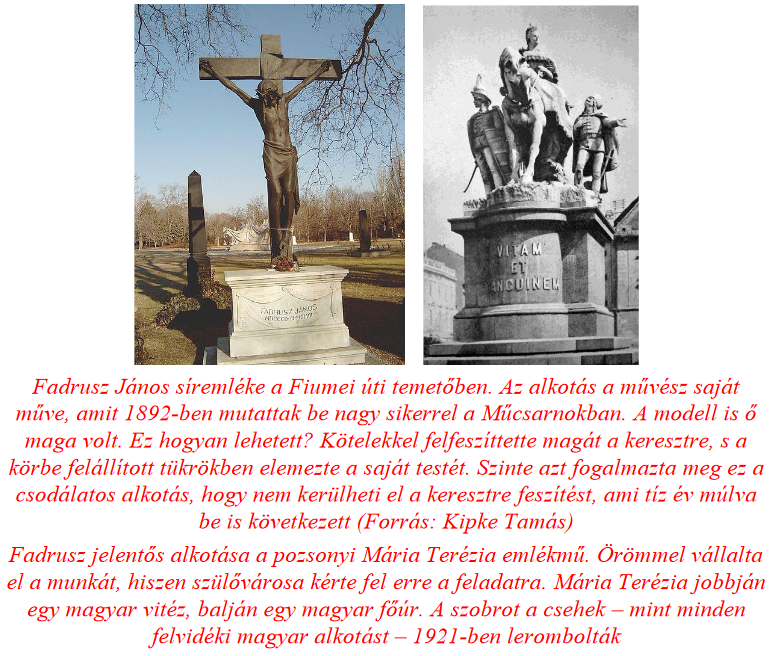
However, let's return to the Tuhutum statue in Zilah. Due to the runic writing that can be read on it, which caused great controversy, the figure of the conquering leader Tuhutum, and the person of János Fadrusz, the work far exceeded the importance of an average, albeit noted, statue. It was not surprising that in 1927 a decision was made to remove the statue. Unfortunately, the Romanian intention met with the intention of Budapest scientists impatient with Hungarian runic writing. (It doesn't take a lot of imagination not to be surprised by this. Consider that in 2022, a century later, with the shameful removal of the Turul statue in Münkacsi, many "Hungarian" intellectuals, although they do not cheer publicly, agree. The curse of Trianon, the tragedy of this but in 1927 the assassination attempt against the statue did not succeed, because the Hungarians of Zilah still had enough strength and national will to prevent the removal of the Tuhutum statue. However, the fate of the Tuhutum statue, which experienced two world wars and revolutions, was sealed in 1968, under the dictatorship of the "Genius of the Carpathians". The turul was wiped out in one night. In such a way that the runic pedestal was smashed with a hammer and scattered so that they cannot yet be collected. A piece of the obelisk - which also had a text on it - was found ten kilometers from Zilah by a local resident and brought to the museum. Archaeologist István Bajusz established that the text on the fragment is a part of the poem about Fire. Four decades had to pass - which would not have been enough if there had been no regime change, if there had been no Romanian revolution, and if Ceausescu had not been sent to his death - for Turul Zilah to be reborn. At the beginning of the 21st century, the idea was born to rebuild the Zilahi Turul. Although the statue was intended to be placed in Wesselényi Park on November 9, 2008, it eventually found its final location in the garden of the Zila Reformed Church. The recast turul statue sits on a two-meter high oak column. The three years that summarize the outstanding events in the history of the Tuhutum statue were engraved on the column: 1902-1968-2008.
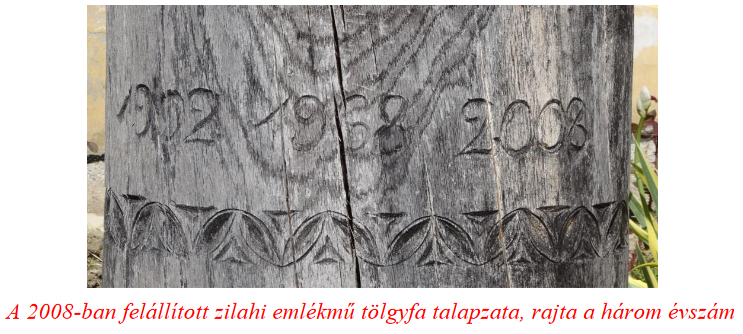
Anonymus's chronicle, also concerning Tétényt, gave rise to many discussions among the scholars of posterity. "Tétény became the son of Horka, Horka and Gyula and Zombor. Gyula had two daughters: one was named Karold and the other Sarolt. Sarolt was the mother of King Saint István. And Zombor's son is the younger Gyula, who is the father of Bolya and Bonyha, during whose time Szent István brought the land beyond the forest under his control. He then brought Gyula himself bound to Hungary and kept him in prison for the rest of his life ... even though he belonged to his mother's relatives." There is no dispute that Saint István was the grandson of our king Gyula (correctly Gyula from Transylvania), i.e. the great-grandson of Vezér Tétény.
Author: historian Ferenc Bánhegyi
(Header image: köztérkép.hu)
The parts of the series published so far can be read here: 1., 2., 3., 4., 5., 6., 7., 8., 9., 10., 11., 12., 13., 14., 15., 16., 17., 18., 19., 20., 21., 22., 23., 24,, 25., 26., 27., 28., 29/1.,29/2., 30., 31., 32., 33., 34., 35., 36., 37., 38., 39., 40., 41., 42., 43., 44.

